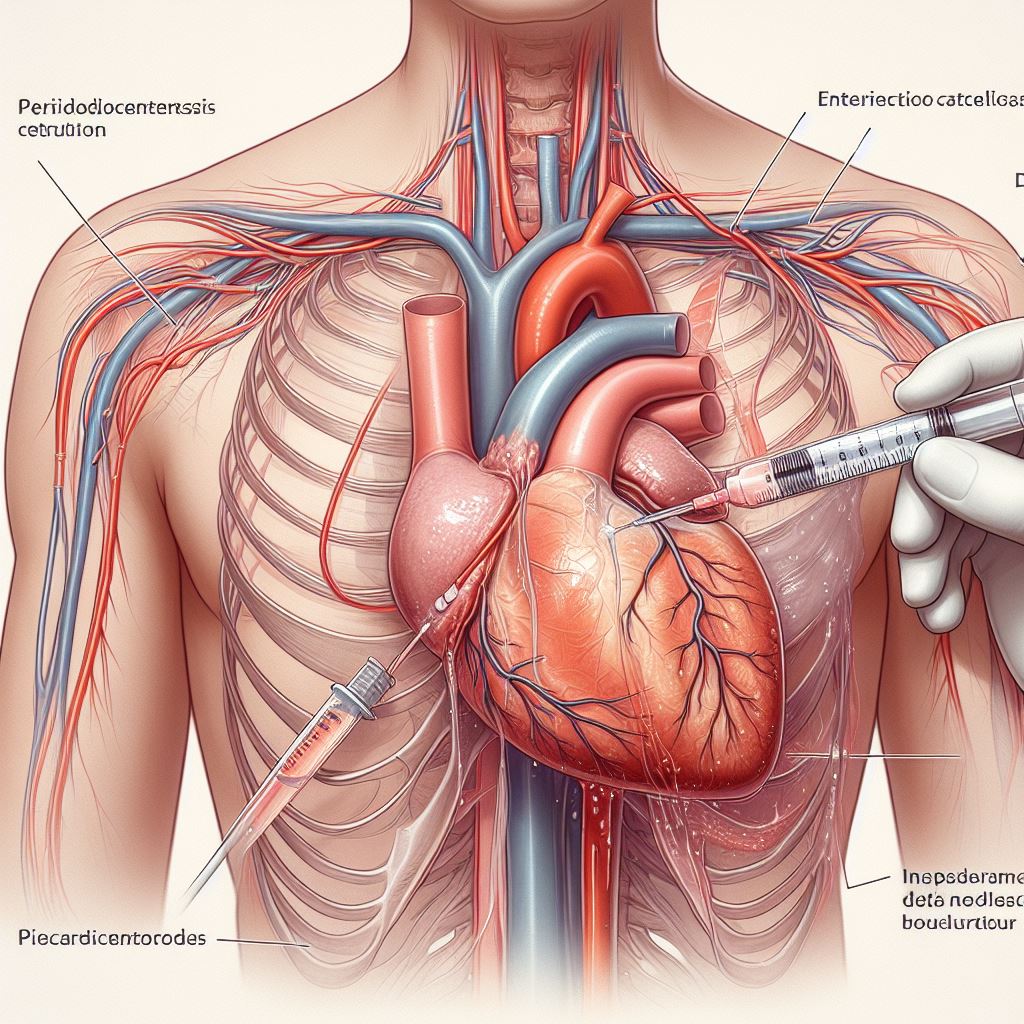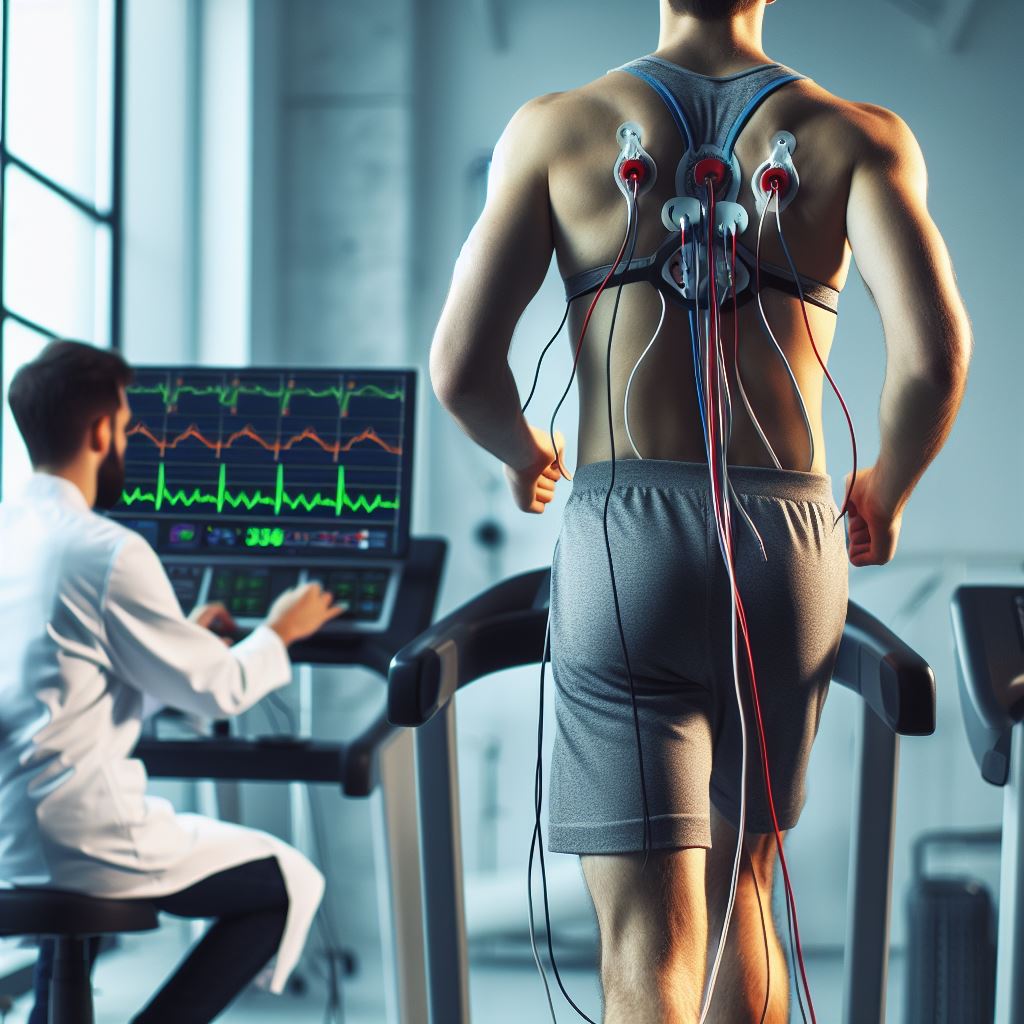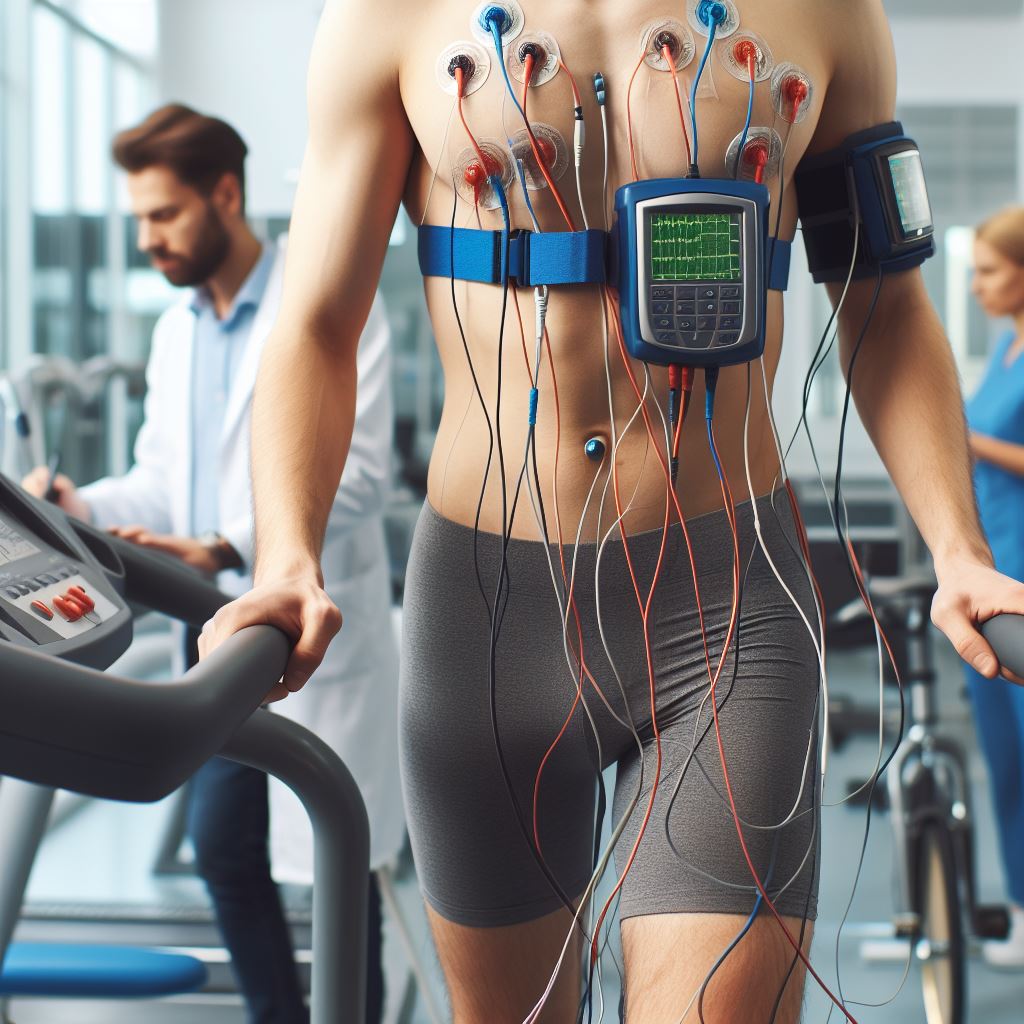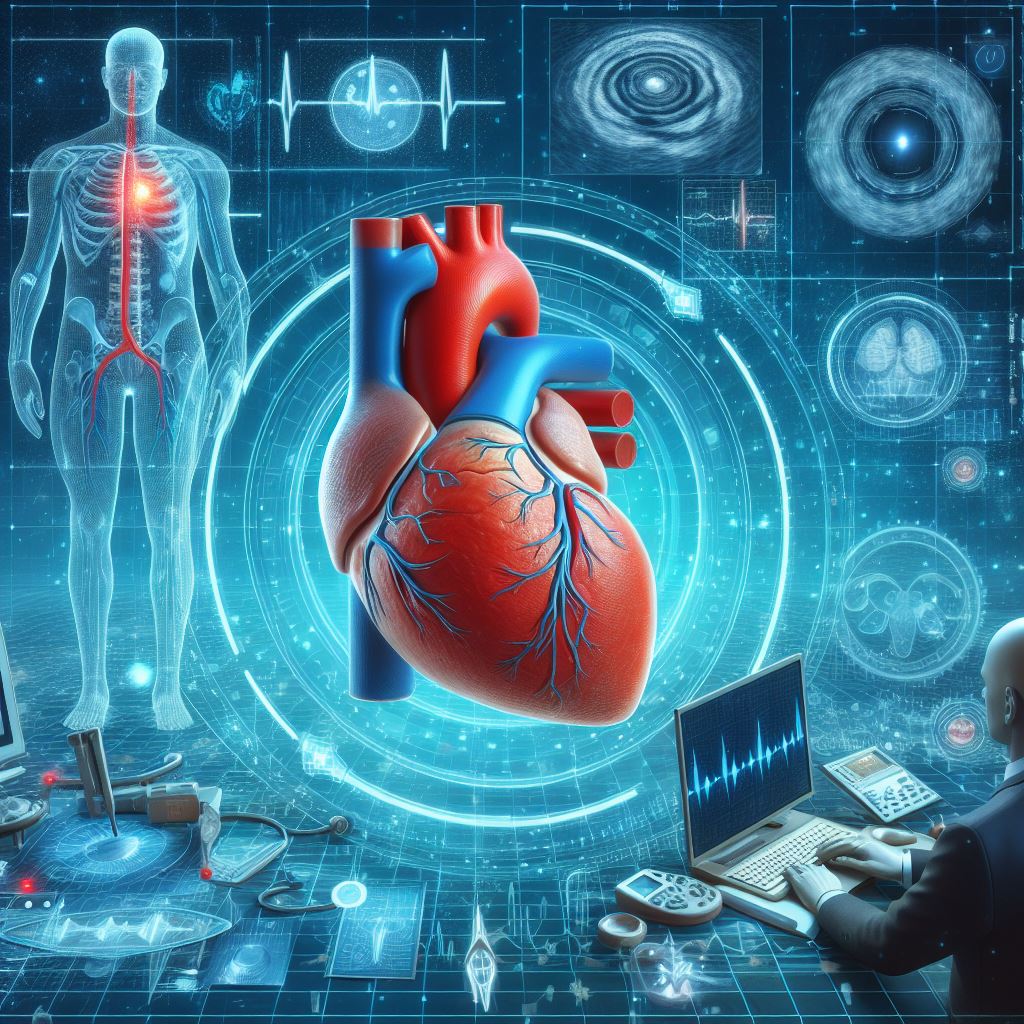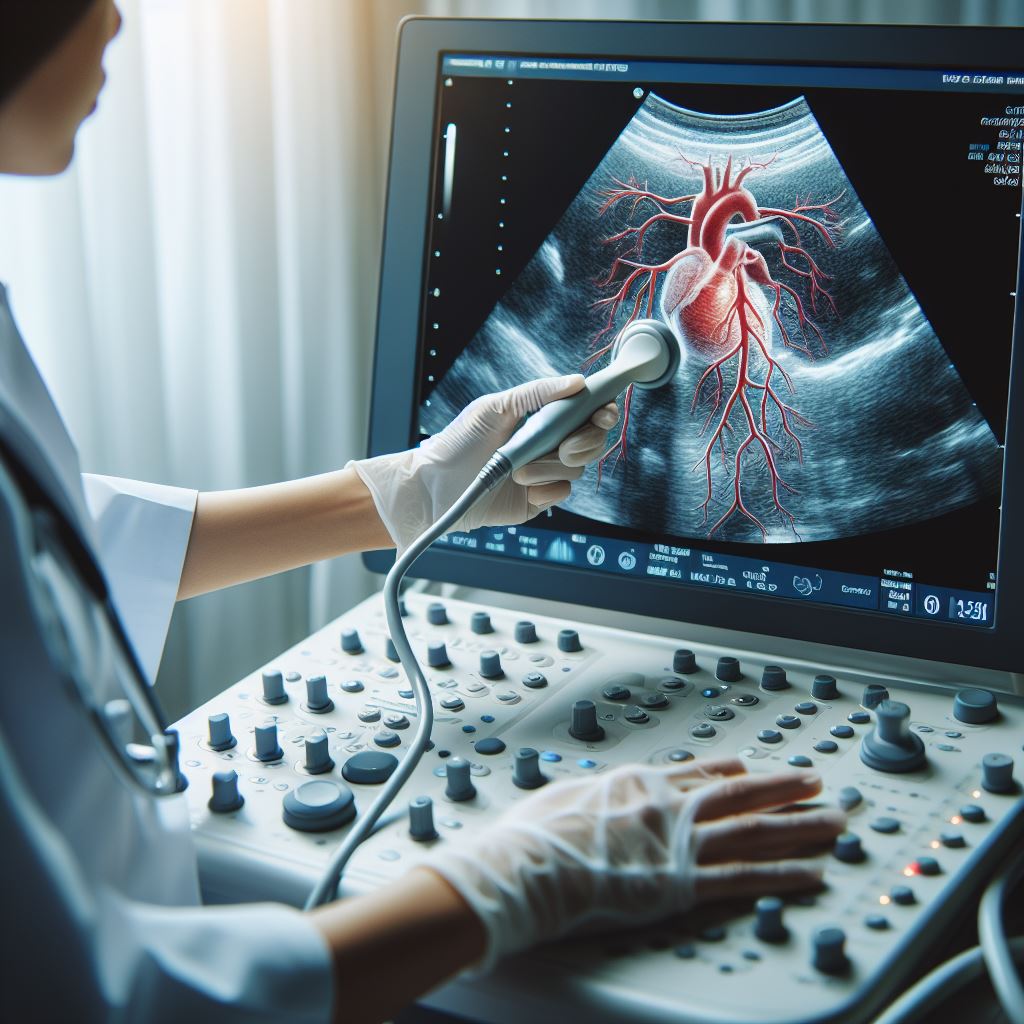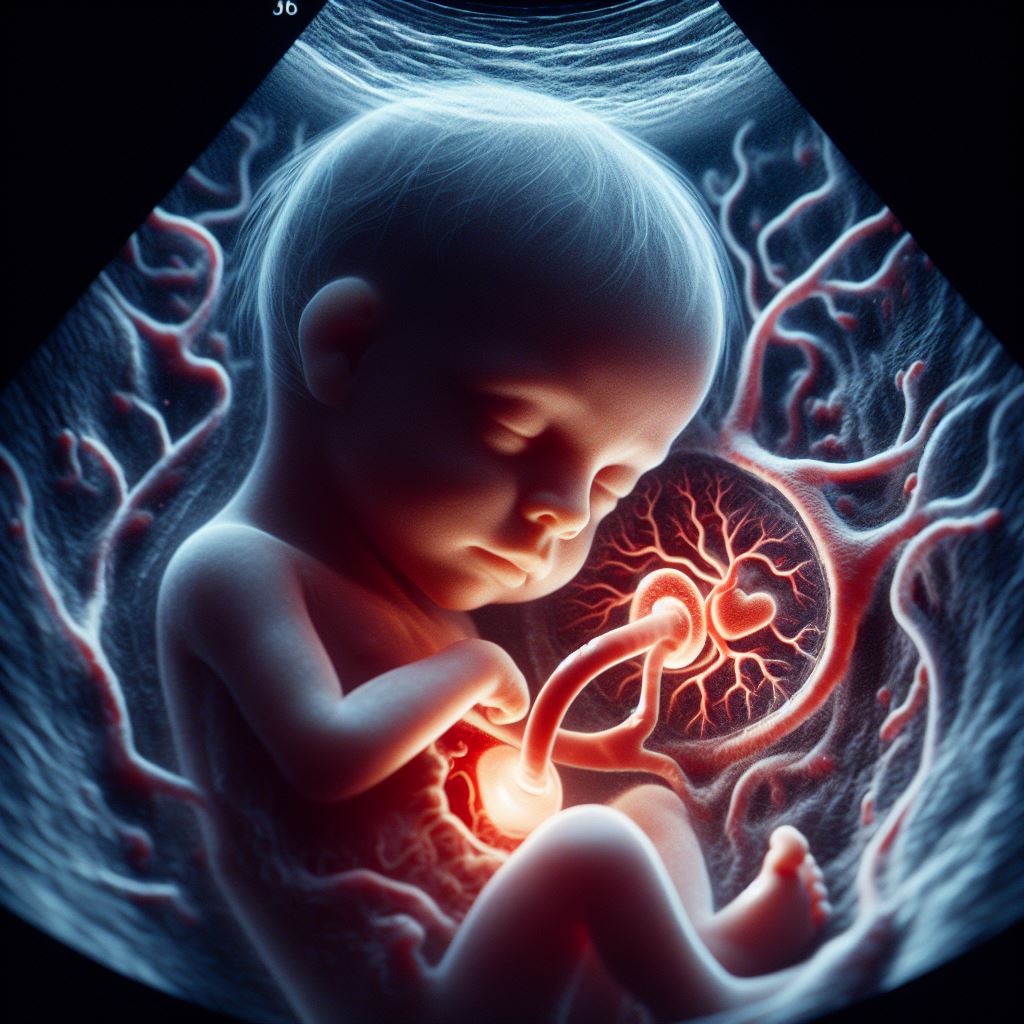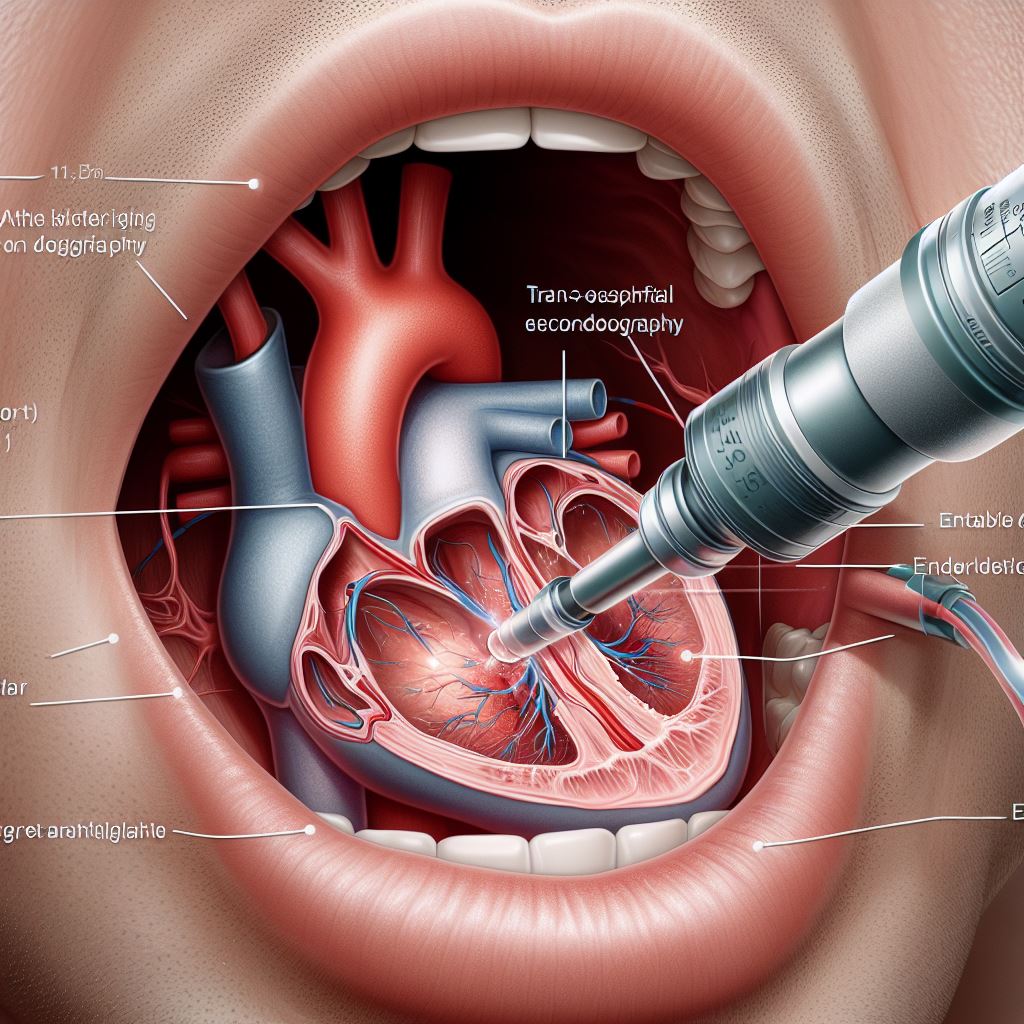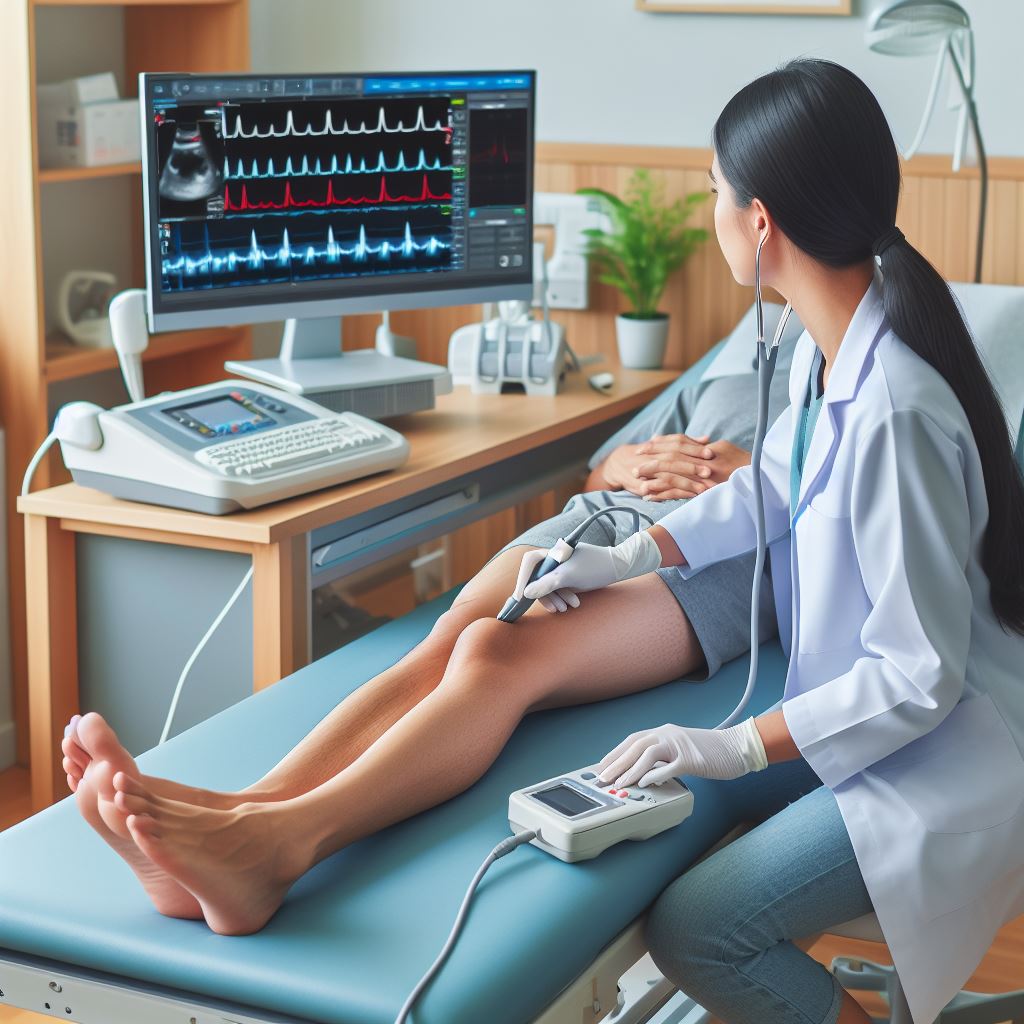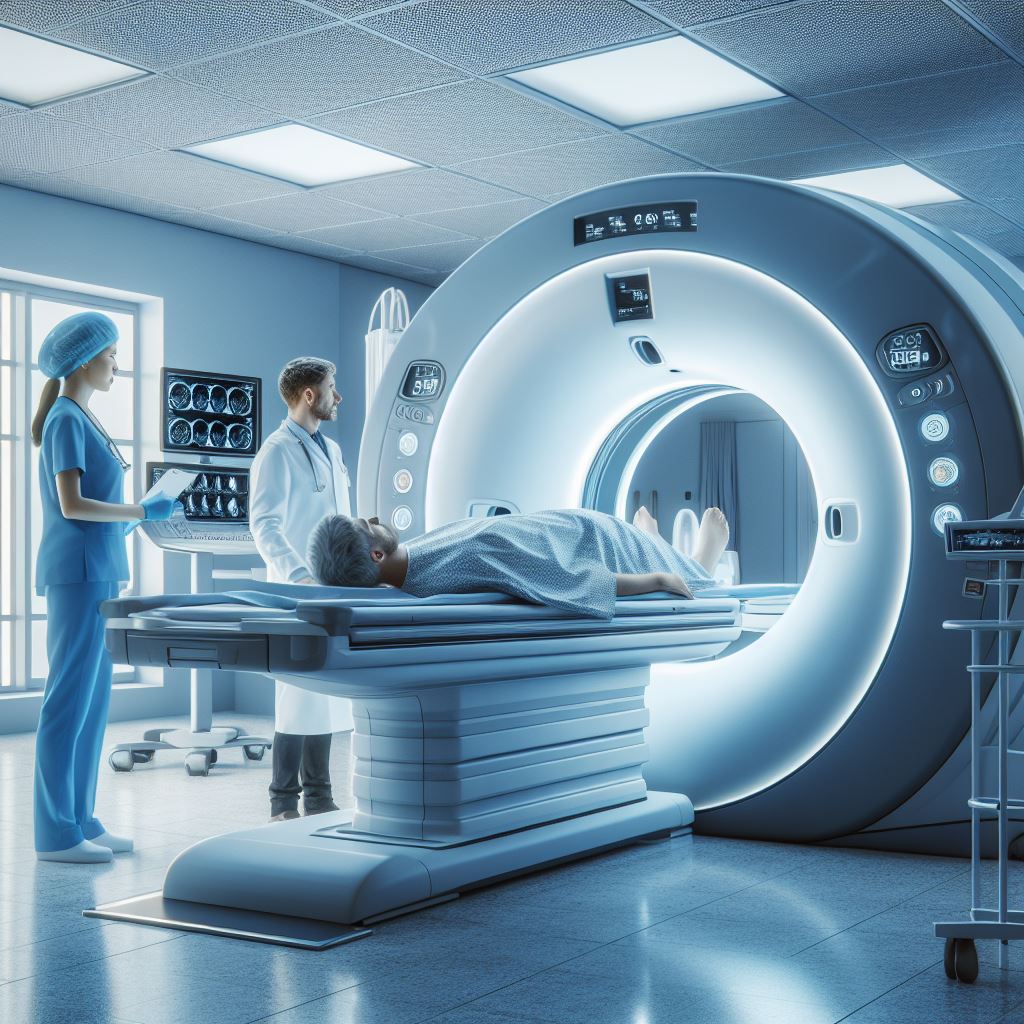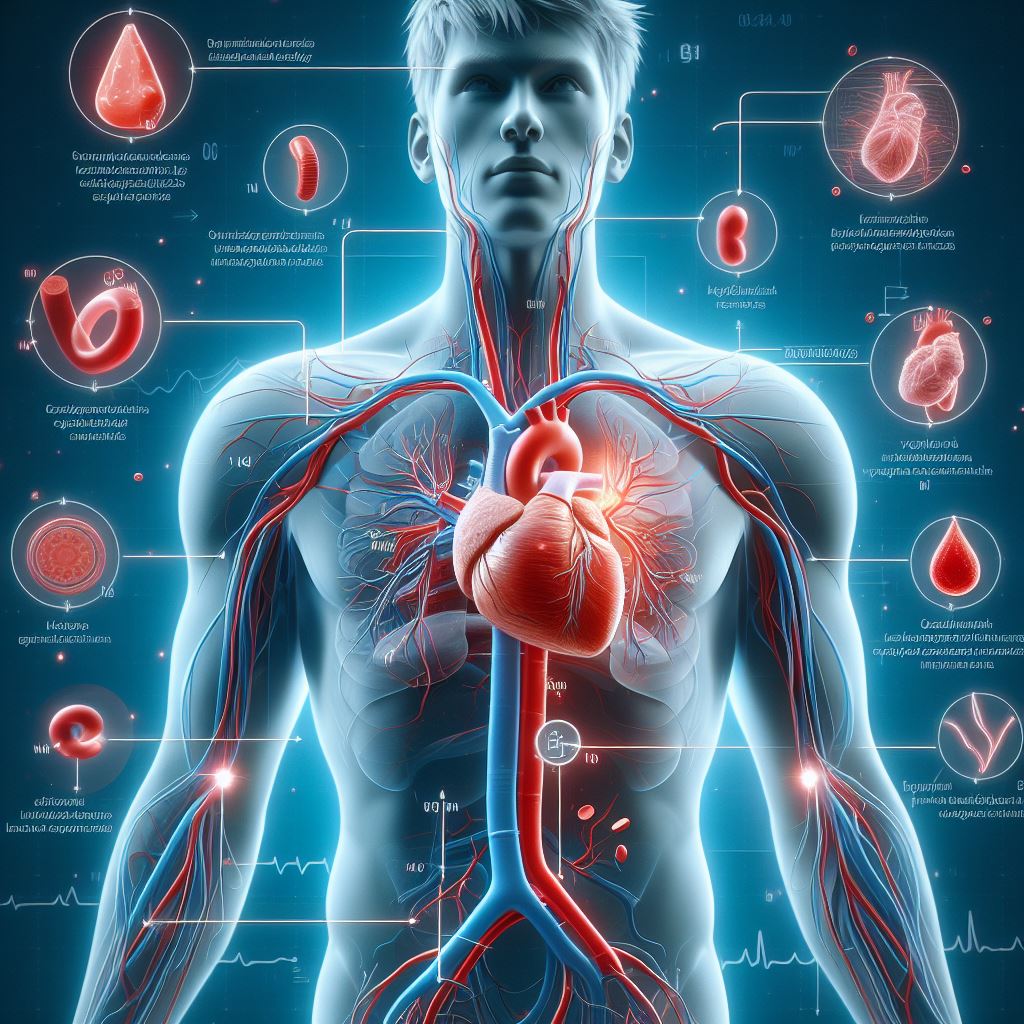
Sudden
Cardiac Arrest (SCA) is a formidable adversary in the realm of cardiovascular
health, demanding unwavering attention from cardiologists due to its rapid
onset and life-threatening nature. In the blink of an eye, individuals can
transition from seemingly stable cardiac health to a state of critical
emergency. As a cardiologist, navigating the intricate landscape of SCA
requires a comprehensive understanding of its nuances and a commitment to
rapid, effective intervention.
Characterized
by a sudden, unexpected loss of heart function, SCA differs from a heart attack
and often occurs without warning. The heart's electrical system malfunctions,
causing an irregular heartbeat (arrhythmia) that disrupts blood flow to vital
organs. The urgency surrounding SCA is underscored by the potential for severe
complications, including irreversible brain damage and multi-organ failure,
making every passing moment in the early stages of an episode crucial for the
patient's survival and long-term well-being.
While SCA can strike anyone, regardless of age or apparent
health, certain risk factors increase susceptibility. As a cardiologist, being
attuned to these factors is imperative for identifying high-risk individuals
and implementing preventative strategies. Through this comprehensive guide, we
will delve into the complexities of SCA, exploring its symptoms, causes, risk
factors, preventative measures, diagnostic approaches, and the array of
management options at a cardiologist's disposal. In an ever-evolving landscape
of medical knowledge and technological advancements, staying informed and
proactive is paramount for cardiologists aiming to effectively navigate the
challenges posed by sudden cardiac arrest.
Complications of Sudden Cardiac Arrest:
Sudden
Cardiac Arrest (SCA) is a life-threatening event that, if not addressed
promptly, can give rise to a myriad of complications, significantly impacting a
patient's overall health and prognosis. The abrupt cessation of heart function
during SCA deprives vital organs, including the brain, of oxygen, setting the
stage for potential complications that extend beyond the initial cardiac event.
1. Neurological Impairment: A primary concern
following SCA is the risk of neurological damage. The brain is highly sensitive
to oxygen deprivation, and even a brief interruption in blood flow can lead to
cognitive deficits, memory impairment, and in severe cases, irreversible brain
damage. Timely intervention, including effective cardiopulmonary resuscitation
(CPR) and defibrillation, is critical to minimize the risk of long-term
neurological complications.
2. Organ Dysfunction: SCA can trigger a
cascade of events that adversely affect other vital organs. Prolonged oxygen
deprivation can lead to multi-organ failure, impacting the kidneys, liver, and
lungs. Addressing the underlying cause of SCA and restoring normal cardiac
function is vital to prevent systemic organ dysfunction.
3. Cardiovascular Consequences: The sudden
interruption of blood flow during SCA can have profound effects on the
cardiovascular system. Reperfusion injury, where blood flow is restored after a
period of ischemia, can contribute to cardiac dysfunction. Additionally, the
underlying cause of SCA, such as coronary artery disease or arrhythmias, may
persist, necessitating ongoing cardiac management to prevent further
complications.
4. Psychological Impact: Surviving SCA can
leave patients grappling with significant psychological distress. The sudden
and traumatic nature of the event may lead to anxiety, depression, and
post-traumatic stress disorder (PTSD). Comprehensive post-arrest care,
including psychological support, is essential to address the emotional toll on
patients and improve their overall quality of life.
5. Recurrence of SCA: Patients who have
experienced SCA are at an increased risk of recurrence. Addressing modifiable
risk factors, implementing lifestyle changes, and, when necessary, utilizing
interventions such as implantable cardioverter-defibrillators (ICDs) are
essential components of preventing further episodes.
Symptoms and Causes of Sudden Cardiac Arrest:
Symptoms:
Sudden Cardiac Arrest (SCA) is
notorious for its abrupt onset, often occurring without warning. Individuals
may not experience noticeable symptoms leading up to the event, making it a
challenging condition to predict. However, some warning signs may precede SCA,
serving as crucial indicators for heightened vigilance:
1.
Chest Discomfort: While not universal, some individuals may experience chest pain or
discomfort before SCA. This sensation is often described as pressure,
squeezing, or fullness.
2.
Shortness of Breath: A sudden onset of breathlessness or difficulty breathing may occur,
signaling potential cardiac distress.
3.
Palpitations: Irregular heartbeats, fluttering sensations, or a rapid heartbeat may
precede SCA in some cases.
4.
Lightheadedness or Dizziness: Feeling lightheaded or dizzy without an apparent cause can be an early
warning sign of impending cardiac arrest.
It's crucial to note that SCA can
also manifest without any preceding symptoms, underscoring the importance of
immediate action when someone collapses unexpectedly.
Causes:
Understanding the underlying causes
of Sudden Cardiac Arrest is essential for both prevention and effective
management. While the specific triggers can vary, common contributors include:
1.
Arrhythmias: Irregular heart rhythms, particularly ventricular fibrillation, where
the heart quivers instead of pumping blood, are primary culprits leading to
SCA.
2.
Coronary Artery Disease (CAD): Blockages or narrowing of the coronary arteries due to atherosclerosis
can lead to insufficient blood supply to the heart muscle, precipitating SCA.
3.
Structural Heart Abnormalities: Conditions such as cardiomyopathy, heart valve disorders, or congenital
heart defects can increase the risk of SCA.
4.
Electrolyte Imbalances: Disturbances in the body's electrolyte balance, including potassium and
sodium, can disrupt the heart's electrical activity, triggering SCA.
5.
Drug-Induced Arrhythmias: Certain medications or substances, both prescribed and recreational,
may contribute to abnormal heart rhythms that can lead to cardiac arrest.
6.
Prior Heart Attacks: Individuals with a history of heart attacks are at an elevated risk of
SCA due to the potential for residual damage to the heart tissue.
Risk Factors of Sudden Cardiac Arrest:
Sudden Cardiac Arrest (SCA) is a
complex and often unpredictable event, but certain risk factors can elevate an
individual's susceptibility. As a cardiologist, identifying these factors is
essential for risk assessment, targeted intervention, and preventive
strategies. The key risk factors include:
1.
Age:
·
Advanced age is a significant risk
factor for SCA. The likelihood of cardiac events, including arrhythmias and
coronary artery disease, increases with age.
2.
Gender:
·
Men generally face a higher risk of
SCA compared to women. However, the risk for women rises after menopause,
equalizing the gender disparity.
3.
Family History:
·
A family history of SCA or other
cardiac events can suggest a genetic predisposition. Individuals with close
relatives experiencing SCA may have an increased risk.
4.
Prior Heart Conditions:
·
Individuals with a history of heart
attacks, heart failure, or cardiomyopathy are at elevated risk. These
conditions can create an environment conducive to arrhythmias and SCA.
5.
Coronary Artery Disease (CAD):
·
The presence of CAD, marked by the
buildup of plaque in the arteries, significantly increases the risk of SCA.
Blockages can disrupt blood flow, leading to arrhythmias.
6.
Hypertension:
·
High blood pressure places stress on
the heart and can contribute to the development of heart disease, increasing
the risk of SCA.
7.
Diabetes:
·
Diabetes is associated with an
increased risk of cardiovascular diseases, including SCA. Poorly managed blood
sugar levels can contribute to vascular damage.
8.
Smoking:
·
Tobacco smoke contains harmful
chemicals that can damage blood vessels and increase the likelihood of
atherosclerosis, raising the risk of SCA.
9.
Obesity:
·
Excess body weight is linked to
various cardiovascular risk factors, including hypertension, diabetes, and
dyslipidemia, collectively elevating the risk of SCA.
10. Physical
Inactivity:
·
Lack of regular physical activity is
a modifiable risk factor. Exercise contributes to cardiovascular health, and a
sedentary lifestyle increases the risk of heart disease and SCA.
11. Drug
and Alcohol Abuse:
·
Substance abuse, including the misuse
of certain medications, recreational drugs, and excessive alcohol consumption,
can disrupt normal heart function and trigger arrhythmias.
12. Previous
SCA or Arrhythmias:
·
Individuals with a history of SCA or
documented arrhythmias are at a heightened risk of recurrence.
Prevention of Sudden Cardiac Arrest:
As a cardiologist, the emphasis on
prevention is paramount in the battle against Sudden Cardiac Arrest (SCA).
Proactive measures targeted at both modifiable and non-modifiable risk factors
play a pivotal role in reducing the incidence of this life-threatening event.
The comprehensive approach to prevention includes:
1. Lifestyle Modifications:
·
Physical Activity: Encourage regular exercise to enhance cardiovascular health. Aim for at
least 150 minutes of moderate-intensity aerobic activity per week.
·
Healthy Diet: Promote a heart-healthy diet rich in fruits, vegetables, whole grains,
and lean proteins. Limit the intake of saturated and trans fats, cholesterol,
and sodium.
·
Tobacco Cessation: Support smoking cessation efforts to eliminate a significant cardiovascular
risk factor.
2. Management of Underlying Conditions:
·
Hypertension Control: Monitor and manage high blood pressure through lifestyle changes and
medications to reduce the risk of cardiac events.
·
Diabetes Management: Ensure optimal glycemic control to mitigate cardiovascular
complications associated with diabetes.
·
Lipid Management: Address dyslipidemia through diet, exercise, and medications to prevent
atherosclerosis and coronary artery disease.
3. Medication Adherence:
·
Emphasize the importance of adherence
to prescribed medications, especially for individuals with a history of heart
conditions. Medications may include anti-hypertensives, antiarrhythmics, and
antiplatelet agents.
4. Implantable Devices:
·
For individuals at high risk of SCA,
consider implantable cardioverter-defibrillators (ICDs). These devices can
detect and treat life-threatening arrhythmias, significantly reducing
mortality.
5. Genetic Counseling:
·
In cases of familial predisposition
to SCA, genetic counseling can provide valuable insights into hereditary
factors. This enables individuals to make informed decisions about their
cardiac health and potential preventive measures.
6. Public Awareness and Education:
·
Advocate for public awareness
programs on recognizing and responding to the early signs of SCA. Encourage
training in basic life support (BLS) and the use of automated external
defibrillators (AEDs) within communities.
7. Regular Cardiovascular Check-ups:
·
Schedule routine check-ups for
individuals with risk factors or a history of heart conditions. Regular
monitoring allows for early detection of potential issues and timely
intervention.
8. Stress Management:
·
Promote stress-reducing activities,
as chronic stress can contribute to the development of cardiovascular risk
factors. Techniques such as mindfulness, meditation, and relaxation exercises
can be beneficial.
9. Continued Medical Surveillance:
·
Monitor individuals who have
experienced SCA or have implanted devices closely. Regular follow-ups allow for
adjustments to medications and interventions as needed.
10. Emergency Response Planning:
·
Educate patients and their families
on creating emergency response plans. Quick and effective action during a
cardiac emergency can significantly improve outcomes.
Diagnosis and Tests for Sudden Cardiac Arrest:
Accurate and prompt diagnosis is a
cornerstone in managing Sudden Cardiac Arrest (SCA). As a cardiologist, a
systematic approach to diagnostic procedures is crucial for identifying
underlying causes and determining appropriate interventions. The diagnostic
process typically involves a combination of clinical assessments and
specialized tests:
1. Clinical Evaluation:
·
Medical History: A detailed medical history, including any prior cardiac events, family
history, and lifestyle factors, provides essential context for the diagnostic
process.
·
Physical Examination: Thorough physical examination helps assess overall cardiovascular
health, detect abnormal heart sounds, and identify signs of heart failure or
structural abnormalities.
2. Electrocardiogram (ECG or EKG):
·
Resting ECG: A baseline ECG records the heart's electrical activity at rest, helping
identify arrhythmias, conduction abnormalities, or signs of prior heart
attacks.
·
Holter Monitoring: A portable ECG device worn by the patient for 24 to 48 hours provides
continuous monitoring, aiding in the detection of intermittent arrhythmias.
3. Echocardiogram:
·
2D and Doppler Echocardiography: This imaging technique uses sound waves to create detailed images of
the heart's structure and function. It helps identify structural abnormalities, and valve disorders and assesses overall cardiac performance.
4. Cardiac Imaging:
·
Cardiac MRI (Magnetic Resonance
Imaging): Offers detailed images of the heart, helping to evaluate cardiac
structure, function, and tissue characteristics.
·
CT Angiography: Provides detailed images of the coronary arteries, aiding in the
assessment of coronary artery disease.
5. Exercise Stress Testing:
·
Treadmill or Bicycle Stress Test: Monitors the heart's response to increased physical activity, helping
identify exercise-induced arrhythmias or signs of reduced blood flow.
6. Blood Tests:
·
Cardiac Biomarkers: Elevated levels of troponin and creatine kinase-MB (CK-MB) in the blood
may indicate myocardial damage, providing insights into the cause of SCA.
·
Electrolyte Levels: Imbalances in potassium, sodium, and calcium can contribute to
arrhythmias and SCA.
7. Electrophysiological Studies (EPS):
·
Intracardiac Electrophysiology Study: Invasive testing involving catheters inserted into the heart to assess
electrical conduction and identify arrhythmia triggers.
8. Genetic Testing:
·
DNA Testing: In cases of suspected genetic predisposition, genetic testing may
identify hereditary conditions that increase the risk of SCA.
9. Ambulatory Monitoring:
·
Event Recorder or Loop Recorder: Implantable or external devices that record heart rhythm data over an
extended period, helping capture intermittent arrhythmias.
Management and Treatment of Sudden Cardiac Arrest:
The management of Sudden Cardiac
Arrest (SCA) is a time-sensitive and multifaceted endeavor, requiring immediate
intervention to maximize the chances of survival and reduce potential
neurological damage. As a cardiologist, your expertise is crucial in
orchestrating a comprehensive approach to care. The key components of
management and treatment include:
1. Cardiopulmonary Resuscitation (CPR):
·
Immediate Action: The cornerstone of SCA management is early initiation of high-quality
CPR. Effective chest compressions and rescue breaths maintain blood circulation
and oxygenation until more advanced interventions can be implemented.
·
Bystander CPR Training: Community education on basic life support (BLS) empowers bystanders to
respond promptly, significantly improving outcomes.
2. Automated External Defibrillator (AED):
·
Defibrillation: Rapid defibrillation is critical for restoring a normal heart rhythm. AEDs,
when promptly applied, analyze the heart's rhythm and deliver a shock if
necessary. Public access to AEDs enhances the chances of early defibrillation.
3. Advanced Life Support (ALS):
·
Emergency Medical Services (EMS): Activating EMS immediately is essential. Paramedics trained in ALS can
provide advanced interventions, administer medications, and continue
resuscitation efforts during transportation to the hospital.
4. Identifying and Treating Underlying Causes:
·
Reversible Causes: During resuscitation efforts, focus on identifying and addressing
reversible causes of SCA, such as electrolyte imbalances, drug toxicity, or
acute coronary syndromes.
·
Medications: Administer medications, such as epinephrine, to support circulation and
address the underlying cause.
5. Post-Resuscitation Care:
·
Targeted Temperature Management: Inducing mild hypothermia may be considered for comatose survivors to
minimize neurological damage.
·
Optimizing Oxygenation: Ensure adequate oxygenation and ventilation to support recovery.
·
Continuous Monitoring: Intensive monitoring in a specialized cardiac care unit is essential
for ongoing assessment and intervention.
6. Secondary Prevention:
·
Implantable Cardioverter-Defibrillator
(ICD): For individuals at high risk of recurrent ventricular arrhythmias, ICD
implantation may be recommended to automatically detect and treat abnormal
rhythms.
·
Medication Management: Prescription of antiarrhythmic medications or other drugs based on the
underlying cardiac condition.
7. Rehabilitation and Follow-Up:
·
Cardiac Rehabilitation: A structured program involving exercise, education, and support for
lifestyle modifications aids in recovery and reduces the risk of future cardiac
events.
·
Psychological Support: Addressing the psychological impact of SCA is crucial, and counseling
or support groups may be beneficial.
8. Long-Term Management:
·
Risk Factor Modification: Implement strategies to address modifiable risk factors, including
lifestyle modifications, medication adherence, and ongoing medical management.
·
Regular Follow-Up: Schedule regular follow-up appointments to monitor cardiac function,
adjust medications, and address any emerging concerns.
Procedures and Surgeries for Sudden Cardiac Arrest:
As a cardiologist, your expertise
extends to interventions that can play a crucial role in both the prevention
and management of Sudden Cardiac Arrest (SCA). Procedures and surgeries are
integral components of the comprehensive care plan for individuals at risk or
affected by SCA. Key interventions include:
1. Coronary Angioplasty and Stenting:
·
Indication: In cases where SCA
is triggered by acute coronary syndrome or a heart attack, percutaneous
coronary intervention (PCI) involving angioplasty and stent placement is
performed.
·
Objective: Reopening narrowed
or blocked coronary arteries restores blood flow to the heart muscle,
preventing recurrent cardiac events.
2. Implantable Cardioverter-Defibrillator (ICD) Placement:
·
Indication: For individuals at
high risk of life-threatening arrhythmias or those who have survived SCA, an
ICD may be implanted.
·
Objective: The ICD
continuously monitors heart rhythm and delivers shocks or pacing as needed to
restore normal heart rhythm.
3. Coronary Artery Bypass Grafting (CABG):
·
Indication: In cases of severe
coronary artery disease where multiple blockages are present, CABG may be
recommended.
·
Objective: A surgical
procedure involving the use of grafts to bypass blocked coronary arteries,
improving blood flow to the heart muscle.
4. Catheter Ablation:
·
Indication: For certain
arrhythmias that contribute to SCA, catheter ablation may be considered.
·
Objective: Radiofrequency
energy or cryotherapy is applied through a catheter to eliminate or modify
abnormal electrical pathways in the heart.
5. Left Ventricular Assist Device (LVAD):
·
Indication: In cases of severe
heart failure, an LVAD may be implanted as a bridge to transplant or as
destination therapy.
·
Objective: The LVAD helps
pump blood, providing mechanical circulatory support for individuals with
compromised heart function.
6. Cardiac Resynchronization Therapy (CRT):
·
Indication: For individuals
with heart failure and specific electrical conduction abnormalities, CRT
involves the placement of a pacemaker.
·
Objective: CRT coordinates
the contractions of the heart's chambers, improving overall cardiac function.
7. Ventricular Assist Device (VAD) Implantation:
·
Indication: In cases of
advanced heart failure, a VAD may be implanted to assist the pumping function
of the heart.
·
Objective: VADs can serve as
a bridge to transplant or as long-term therapy for individuals not eligible for
heart transplantation.
8. Heart Transplantation:
·
Indication: For end-stage
heart failure, where other interventions are insufficient, heart
transplantation may be considered.
·
Objective: Replacing the
diseased heart with a healthy donor heart, restoring normal cardiac function.

